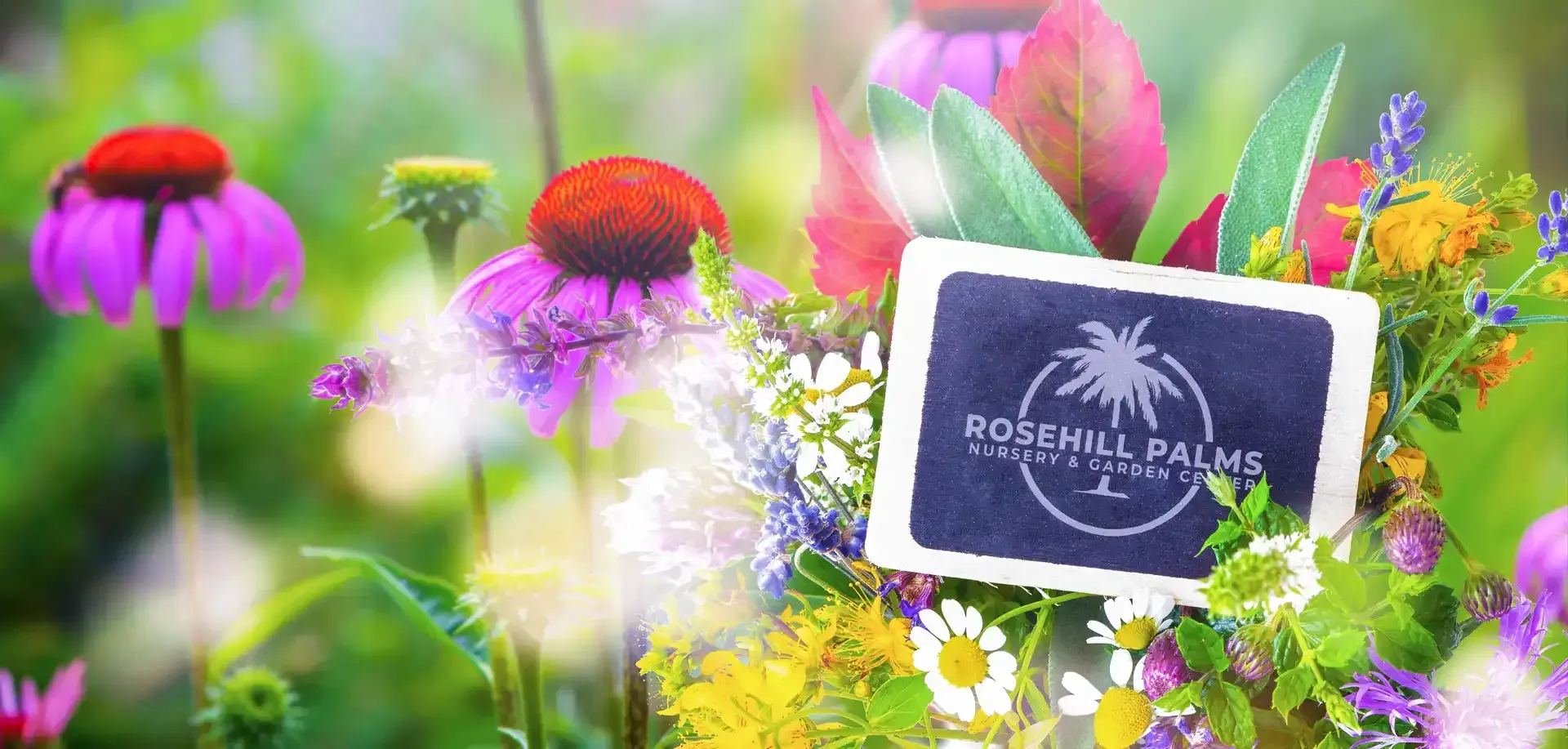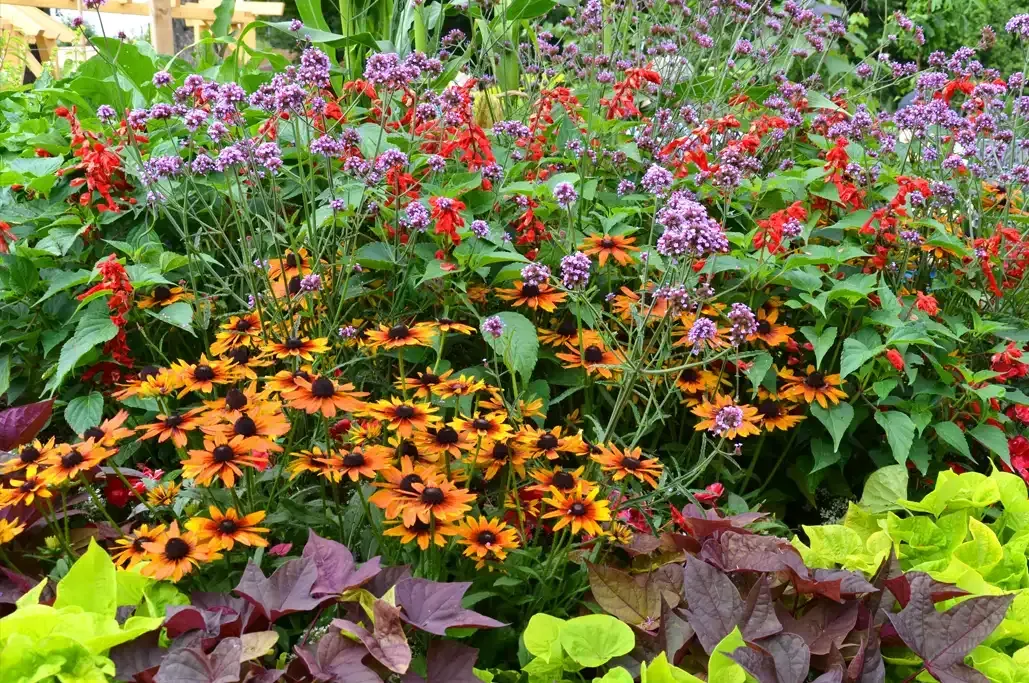How to Grow and Care for Canna Lilies
How to Grow and Care for Canna Lilies
Bold, tropical, and breathtaking, canna lilies are a favorite among garden enthusiasts looking to make a vibrant statement. Known for their large, lush foliage and colorful blooms, cannas thrive in warm climates and can be the focal point of any landscape design. Whether you’re a seasoned gardener or a beginner looking to add color to your yard, this guide from Rosehill Palms will walk you through everything you need to know to grow and care for canna lilies successfully.
What are Canna Lilies?
Despite their name, canna lilies are not true lilies. They belong to the genus Canna and are related to gingers and bananas. Native to tropical and subtropical regions of the Americas, canna lilies boast large, paddle-shaped leaves in green, bronze, or variegated shades, topped with flowers in red, orange, yellow, and pink hues.
Depending on the variety, they can grow anywhere from 2 to 6 feet tall and are commonly used in flower beds, borders, containers, and even as pond plants. With proper care, they bloom from late spring to the first frost, offering a long season of beauty.
Choosing the Right Variety of Canna Lilies
When selecting canna lilies, consider the available space and the look you want to achieve. Some popular varieties include:
Tropicana
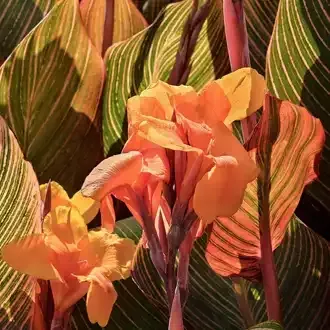
Features striking striped foliage and vibrant orange blooms. This variety is great for handling the heat and humidity of Houston.
Red King Humbert
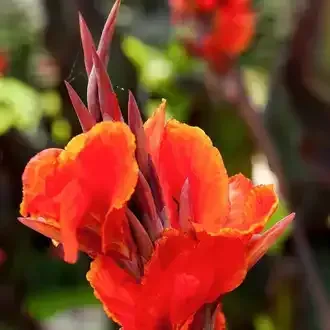
Known for its deep red flowers and bronze leaves.
Yellow Futurity
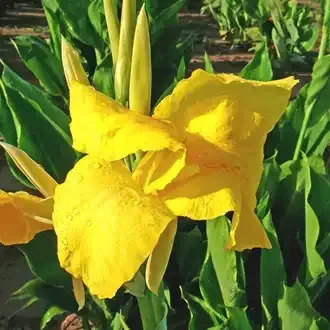
A compact variety perfect for containers with bright yellow blooms.
Pretoria
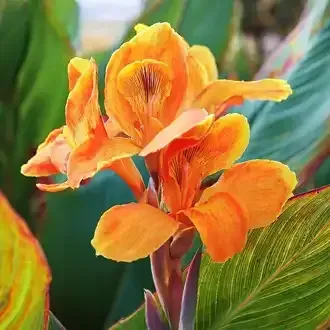
Variegated foliage and large orange flowers make this a standout.
Tall varieties are great for back borders or creating a privacy screen, while dwarf types are ideal for patio pots and smaller gardens.
How to Choose a Location for Canna Lilies
Cannas love the sun and need a full sun location to bloom their best. Choose a spot that gets at least 6 to 8 hours of direct sunlight daily.
Soil Conditions
They prefer rich, well-draining soil that retains moisture without becoming soggy. If your soil is clay-heavy, consider amending it with compost or organic matter to improve drainage. A slightly acidic to neutral pH (6.0–7.0) works well for most canna varieties.
How to Plant Canna Lilies Correctly
If planting from rhizomes, plant canna lilies in the spring after the danger of frost has passed and the soil has warmed. Dig holes about 4 to 5 inches deep, spacing the rhizomes 12 to 18 inches apart, depending on the mature size of the variety.
Place the rhizomes horizontally with the eyes (growing points) facing up, then cover with soil and water thoroughly. In about two to three weeks, you should start to see shoots emerging from the ground.
Canna Lily Care Instructions: Watering and Feeding
Canna lilies are generally low-maintenance plants. However, providing the correct moisture and nutrition levels will maximize their growth and flowering.
How often should I water canna lilies?
Cannas love moisture but don’t like to sit in waterlogged soil. During the growing season, water deeply once or twice a week, depending on rainfall and temperatures. In hot climates, they may need more frequent watering to prevent the soil from drying out.
Keep the soil consistently moist, especially during blooming periods. If you're growing cannas in containers, check them daily, as pots dry out more quickly than garden beds.
How often should I fertilize canna lilies?
Cannas are heavy feeders and benefit from regular fertilization. Use a balanced, slow-release fertilizer (like 10-10-10) at the time of planting and supplement with liquid fertilizer every 4–6 weeks during the growing season.
Avoid over-fertilizing with high-nitrogen products, as this can lead to lush foliage but fewer flowers. A bloom-boosting fertilizer with higher phosphorus can encourage vibrant blooms.
Pruning and Shaping Canna Lilies
To keep your canna lilies looking their best,
deadhead spent blooms regularly. This improves appearance and encourages the plant to produce more flowers. You can also
cut back any damaged or yellowing leaves to maintain a tidy look. If the plant becomes too leggy or overgrown, you can prune it lightly, though heavy pruning is usually not necessary until the end of the season.
Winter Care and Maintenance for Canna Lilies
In warmer zones (USDA zones 8–11), cannas can remain in the ground year-round. Just cut back the foliage after it dies back from frost, mulch heavily, and they’ll return in the spring.
In colder climates, where the ground freezes, you’ll need to dig up the rhizomes in fall before the first frost. Here's how:
- Cut the stems down to about 4 inches.
- Gently lift the rhizomes out of the ground.
Rinse off excess soil and allow them to dry for a day or two. - Store them in a cool, dark place (40–50°F), such as a basement or garage, in peat moss or sawdust.
Check periodically for signs of rot or mold and discard any damaged rhizomes.
Common Canna Lily Pests and Diseases
While generally low-maintenance, canna lilies are susceptible to a few pests and issues:
Canna Leaf Rollers
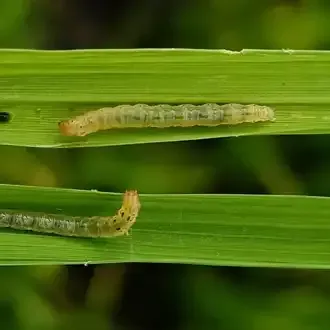
These caterpillars roll up and eat the leaves. Remove by hand or treat with Bt (Bacillus thuringiensis).
Japanese Beetles
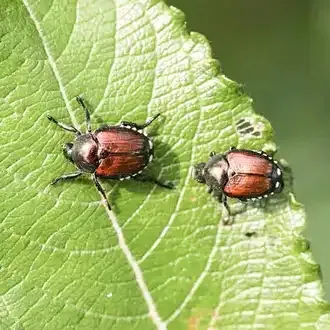
They feed on foliage; hand-pick or use beetle traps.
Slugs and Snails
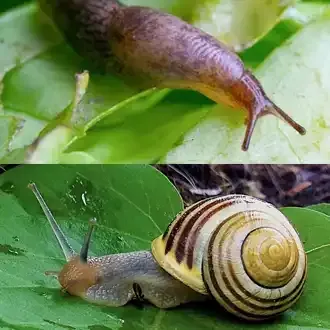
Especially problematic in damp conditions. Use slug bait or natural predators.
Rust and fungal leaf spot
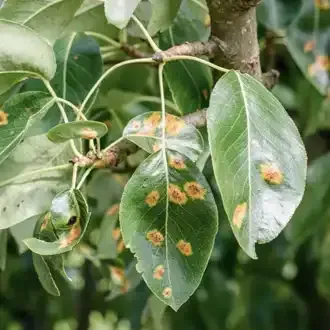
Ensure good air circulation and avoid overhead watering. Remove affected leaves if problems occur.
Healthy, well-watered, and fertilized plants are more resistant to pests and diseases, so good general care goes a long way.
Conclusion
Canna lilies are a fantastic choice for Houston gardens, offering bold color, lush foliage, and tropical flair that thrives in our local climate. With the right variety and a little care, these vibrant plants can transform any outdoor space into a show-stopping display.
At Rosehill Palms Plant Nursery and Garden Center, we specialize in providing high-quality, locally grown canna lilies and other tropical plants that are perfectly suited for the Texas heat.
Our expert team is here to help you choose the best varieties, offer personalized planting advice, and ensure your garden flourishes year-round. Visit our nursery today and let us help you bring your landscape to life—beautifully and effortlessly.
Rosehill Palms
18511 FM 2920 Rd, Tomball, TX 77377
Proud member of the
Please feel free to contact us via the form below. We will give you an answer as soon as possible!
Contact Form Blog
We will get back to you as soon as possible.
Please try again later.
Rosehill Palms | Developed by Urdaneta Group WSI | All Rights Reserved 2025
Rosehill Palms | Developed by WSI Houston | All Rights Reserved 2024

